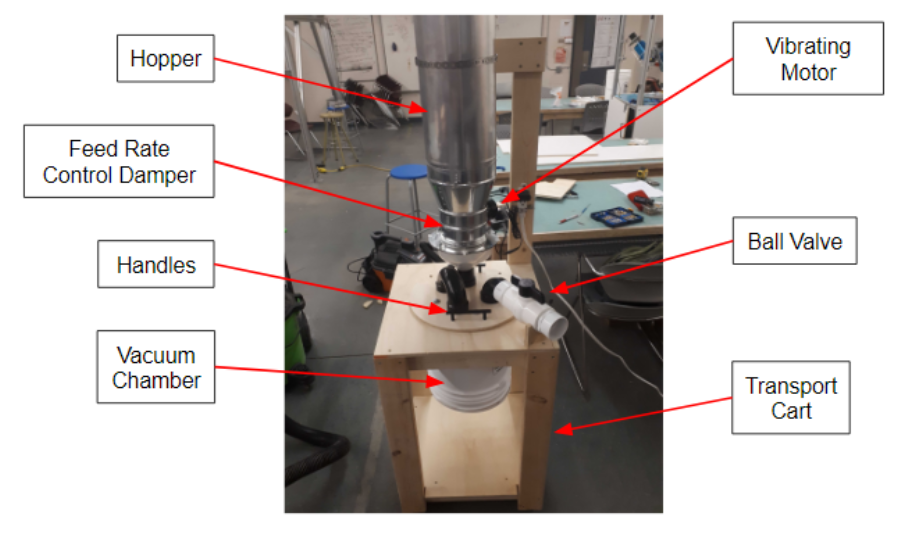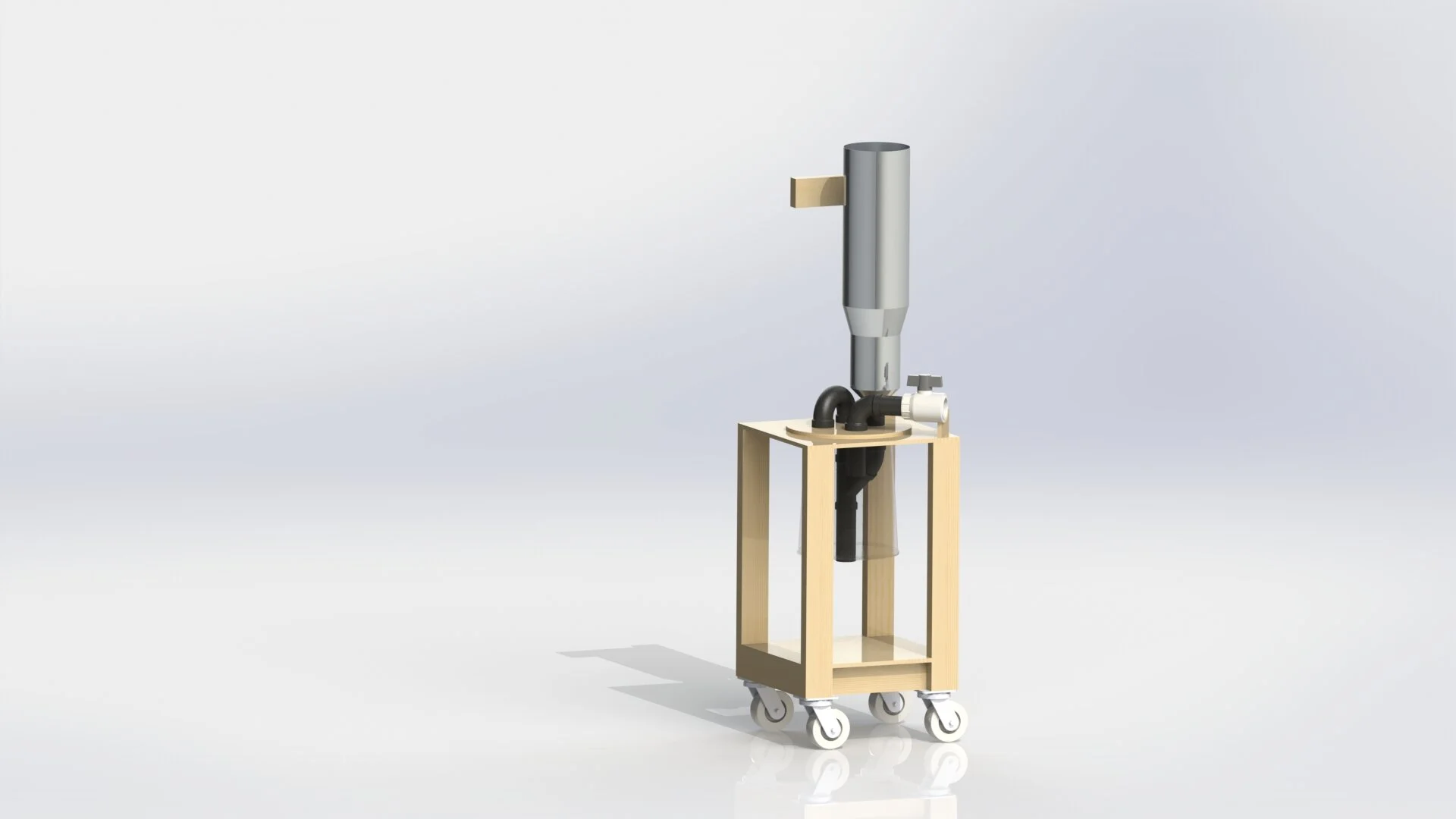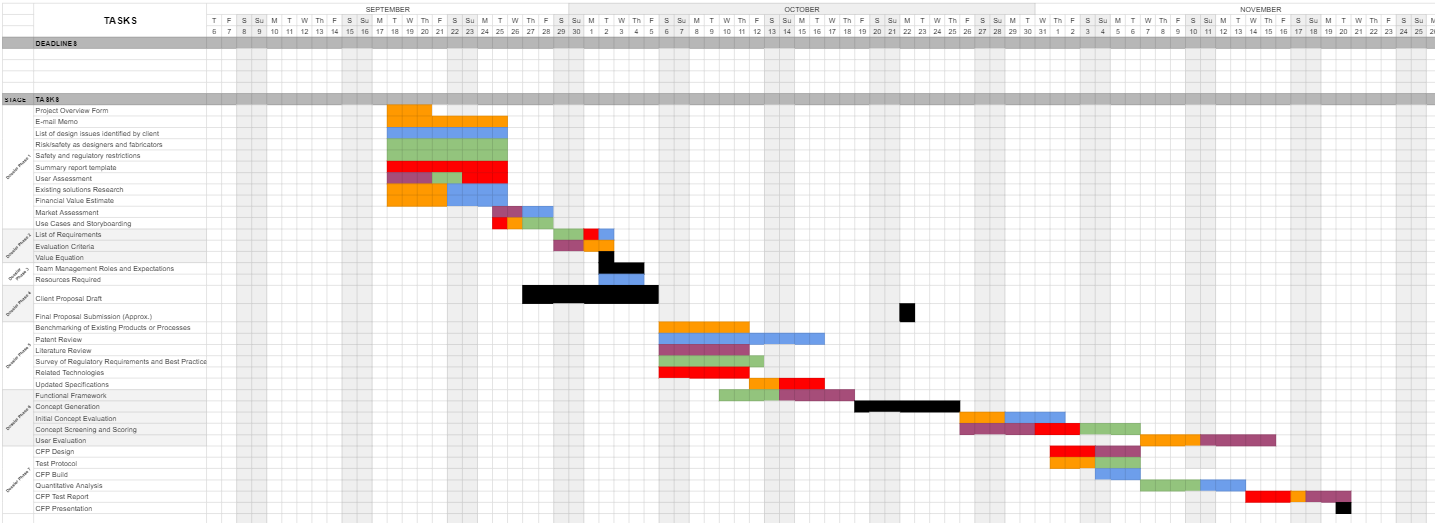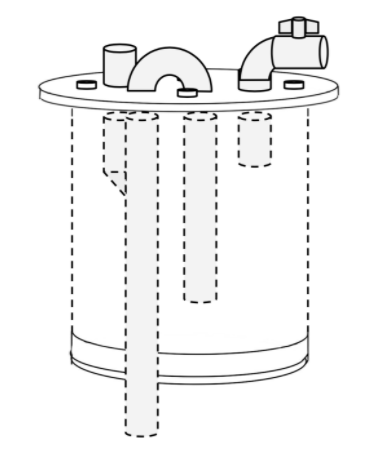
UBSeed Agricultural Seed Cleaner
Project Abstract
FarmFolk CityFolk approached UBSeed with the task of developing a seed cleaning apparatus that would be accessible to low/mid-scale farmers local to the British Columbia area and improve on the existing available alternatives. Current methods employed by local BC farmers are labour intensive and produce a low viable seed output. Solutions that are less labour intensive and produce a higher viable seed output are typically inaccessible to our target market due to reasons of economics and practicality. The UBSeed seed cleaner improves on existing alternatives available to our target market by addressing these three main requirements:
Minimizing the amount of labour required
Providing a production rate of >2 lbs/hour of viable seed
Providing a design that uses easily accessible materials and simple, hand-tool machining operations
Ultimately, UBSeed’s seed cleaner reduced the amount of labour required by 80%, doubled the viable seed output of existing alternatives, and could be completely constructed as a DIY project by a local farmer. Our seed cleaner design won Most Innovative Capstone Design at the 2019 UBC Mech Capstone Design Showcase. Additionally, FarmFolk CityFolk was very pleased with the design and they continue to use the seed cleaner produced by UBSeed as part of their Mobile Seed Cleaner.
The completed UBSeed Seed Cleaner with key components labelled.
A 3D rendering of the UBSeed seed cleaner.
Requirements
The important requirements for the project are listed below in order of importance. The device must
Have the ability to produce >2 lbs/hour of viable seed
Be effective for cleaning a wide range of seeds
Reduce the labour required to conduct the seed cleaning process
Be fabricated without any special processes
Use locally sourced and/or easily available materials
Be sturdy enough for long-term usage and transportation
Be able to be fixed in place
Be light and easily mobile
My Role in the Project
During the early stages of the project, my responsibilities included
Formulating the project schedule and keeping the Gantt chart up to date
Conducting meetings where project progress and challenges were discussed
Leading and facilitating brainstorming sessions to create lists of Needs & Requirements and develop conceptual solutions
During the later stages of the project, I passed off the project scheduling and meeting responsibilities to another team member in order to have more time to focus on the design. In replacement of scheduling, I completed the following design duties:
Designing and conducting experiments that helped determine how “dirty” seed mixtures behave in airflow
Analyzing experimental data and determining the airflow characteristics required to successfully clean seed
Designing and fabricating two comprehensive physical prototypes - One air column separator and one “zig-zag” separator
Designing and fabricating the compact air chamber/piping system for the final product
An example Gantt chart that I created during the early stages of the project.
My air chamber and piping design for the final product.
Results & Opportunities for Improvement
Our product verification testing yielded the following results
A seed cleaning rate of 50 lbs/hour - outperforming the maximum seed cleaning rate of 25 lbs/hour for existing alternatives
A total of 16 seconds of labour (configuration + adjustments) per lb of seed - 80% reduction from 85.2 seconds/lb of seed with existing alternatives
A total build time of 16 hours - A modest increase of 4 hours in build time from the most quickly fabricated existing solution
Potential opportunities for improving on the design include:
Making the air chamber transparent or adding a window - allowing the operator to see inside the air chamber would make the calibration of the device easier
Reduce the static electricity build up on the pipes via a change in material, coating, or grounding - static causes seeds to stick to the surfaces of the pipes in the air chamber
Reducing flat surfaces inside the hopper to prevent smaller varieties of seeds from getting stuck
Improving the seal in the hopper valve



